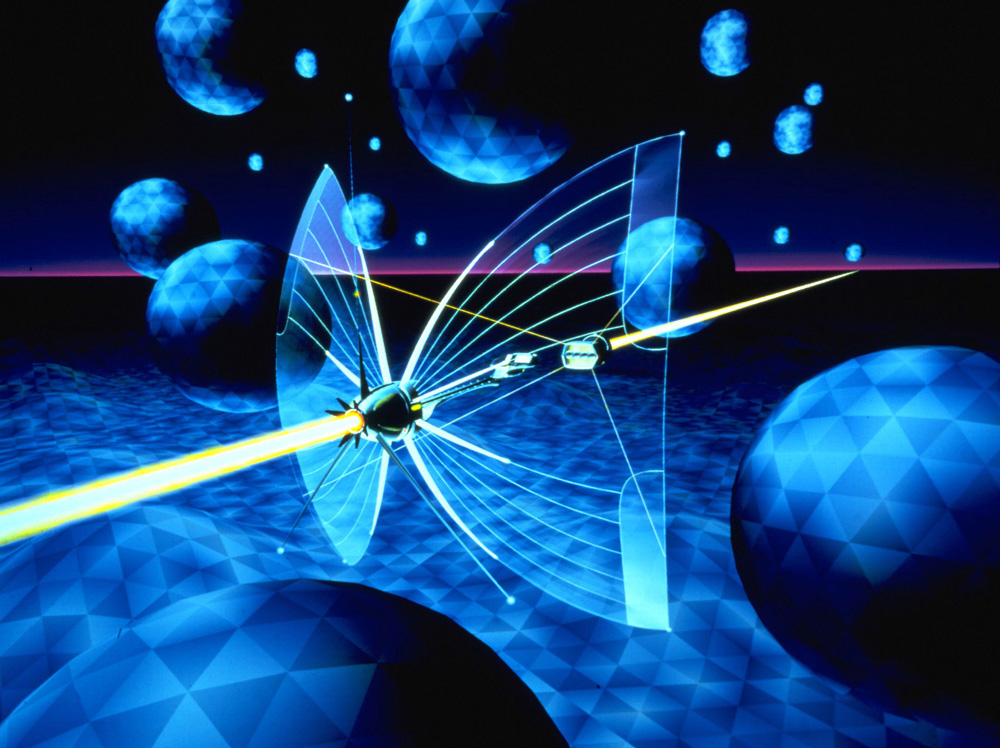
(c) Photofest / Getty Images
“Tron” The first full-scale CG movie in history, the long road to birth (Part 2)
2020.05.16
Triple Eye's areas of responsibility
Taylor drew up the storyboards along with Broughton, Bill Kroyer, a former animation director for ``Animarpics'' (1980) who was working at Disney at the time of ``Tron'' production, and Jerry Reese, also at Disney. They estimated that 235 shots of animation and 200 shots of compositing background would be required in 3DCG, which would be a total of 15 minutes.
Taylor was scheduled to work on all the CG for Tron at Triple Eye, but sales of the company's main business, hardware, were sluggish, and the top job was replaced by someone with no interest in CG.
The Entertainment Technology Group, which was contracted to produce the film, became increasingly hostile, and Whitney Jr. and DeMos quit before Tron was even started. We came to the conclusion that it would be impossible to complete this film by the deadline with Triple Eye's production capacity, which had significantly reduced manpower.

For now, Triple A has decided to mainly be in charge of the second half of the story (approximately 6 and a half minutes). Their CGs include the Sark Carrier, Solar Sailor, MCP (modeled after Adam Powers' face), and mountain ranges and cityscapes. However, even with Super Foonly F-1, each polygon takes an incredible 1 second to render.
RA&A department
Taylor searched for organizations to collaborate on the project and ultimately selected three companies: RA&A, MAGI, and Digital Effects.
Taylor's old school, RA&A, used the E&S Picture System 2 (PS-2) purchased for Star Trek: The Motion Picture to create scenes from the opening titles to the night view of Los Angeles, as well as the main character Flynn (Jeff). Bridges) was in charge of the scene where it is digitized and transferred to cyberspace.
The PS-2 could only display black and white wireframes (line drawings) and could not record the images. Therefore, by placing a movie camera in front of the monitor and taking pictures, coloring and multiple exposure using an optical printer, the result was completed as a 35mm 8P VistaVision video (it was eventually blown up to Super Panavision 70).
At first glance, there are some areas that look like surfaces, but they are expressed as hatching, which is created by laying out lines closely spaced. Design and direction was by Kenny Murman.

